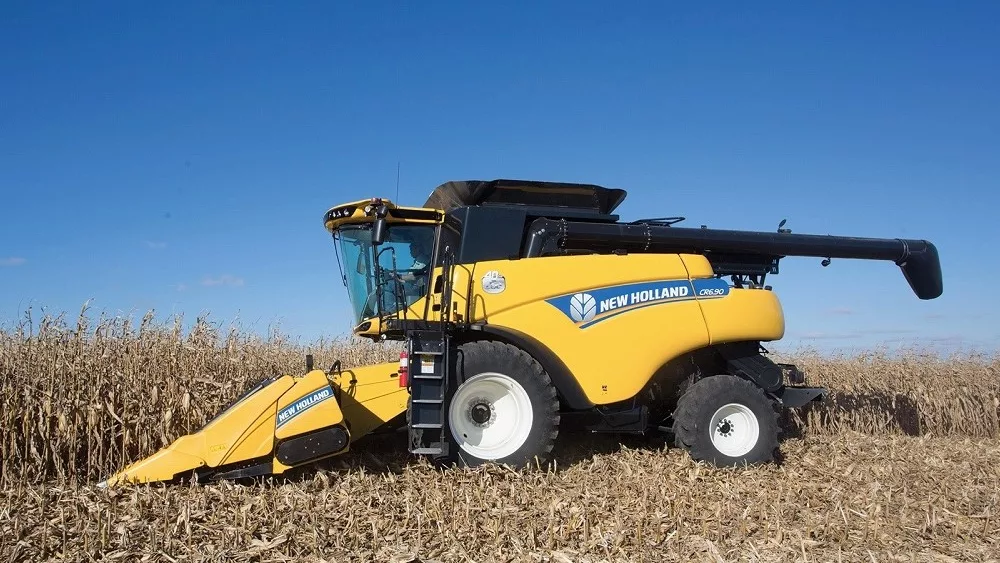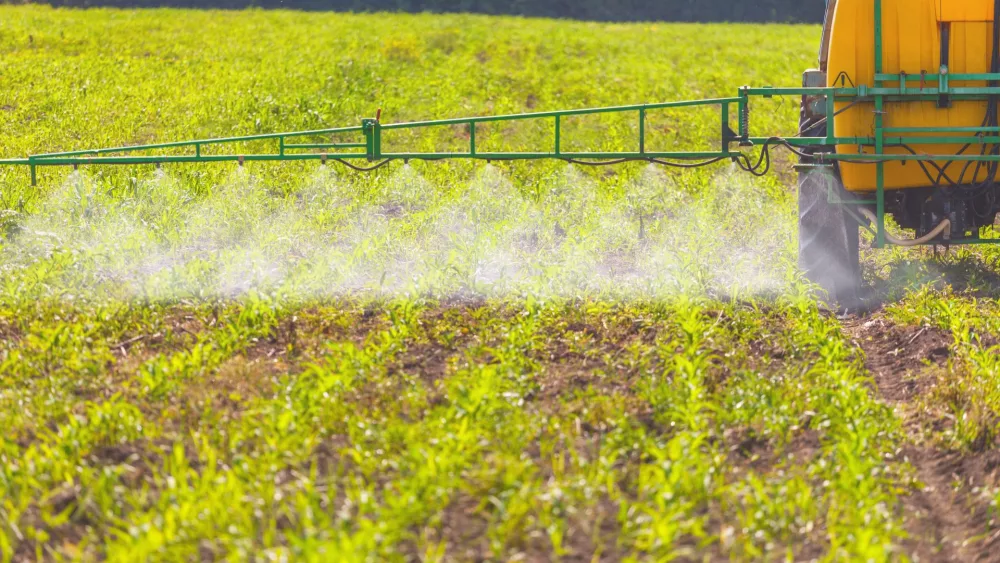If your corn crop got hit with disease in 2021, there are steps to help prepare for minimizing that pressure this year. With disease prevention and control, timing is very important, and DEKALB technical agronomist Brian Green explains best management practices are a big part of the equation.
“It’s making sure we get boots on the ground and eyes in the field, staying ahead of these diseases coming in, scouting your fields on a weekly basis, and making sure that fungicide application is timed right,” he said. “So, really we want to target that VT to R1 or tasseling to silking phase because most importantly, we want to protect that ear leaf and the leaves above, because those are our solar panels that create the sugars that lead to our grain fill.”
Green says starting with the right hybrid is the first step to control disease like southern rust and tar spot. Farmers in large numbers last year saw the benefits of fungicides too.
 “I think with any disease, a fungicide application can always help. Our Disease Shield products, we set those to a high standard because they do have some very good tolerances to many different diseases out there, but any time a disease moves in, even it’s southern rust, and our Disease Shield products have some good tolerance to them, a fungicide application is still always recommended. It still puts our growers in the best position because that fungicide especially promotes plant health. That plant health can mean better water and nutrient uptake as well.”
“I think with any disease, a fungicide application can always help. Our Disease Shield products, we set those to a high standard because they do have some very good tolerances to many different diseases out there, but any time a disease moves in, even it’s southern rust, and our Disease Shield products have some good tolerance to them, a fungicide application is still always recommended. It still puts our growers in the best position because that fungicide especially promotes plant health. That plant health can mean better water and nutrient uptake as well.”
He says work closely with your agronomist, so you have the most up to date intelligence on corn hybrids.
“Even for myself I know that there are some hybrids that we know respond well, whether it’s offensively or defensively from a fungicide aspect.”
Learn more at https://www.cropscience.bayer.ca/products/dekalb-seed/corn-hybrids




